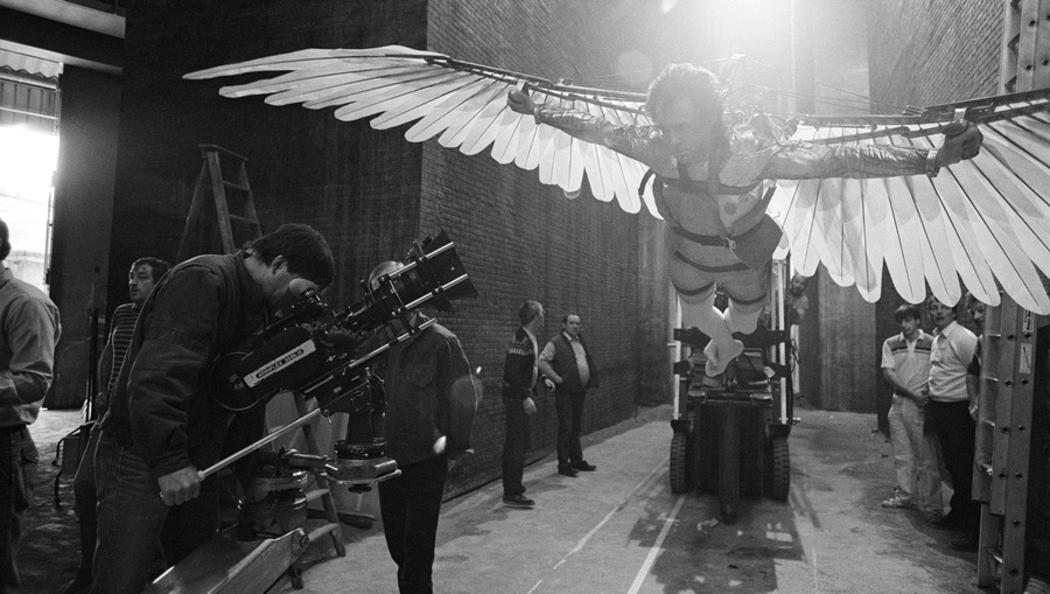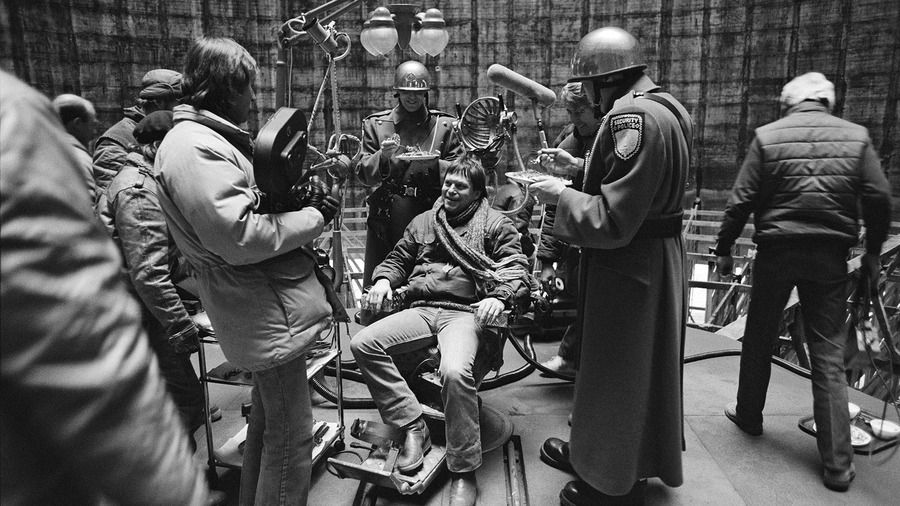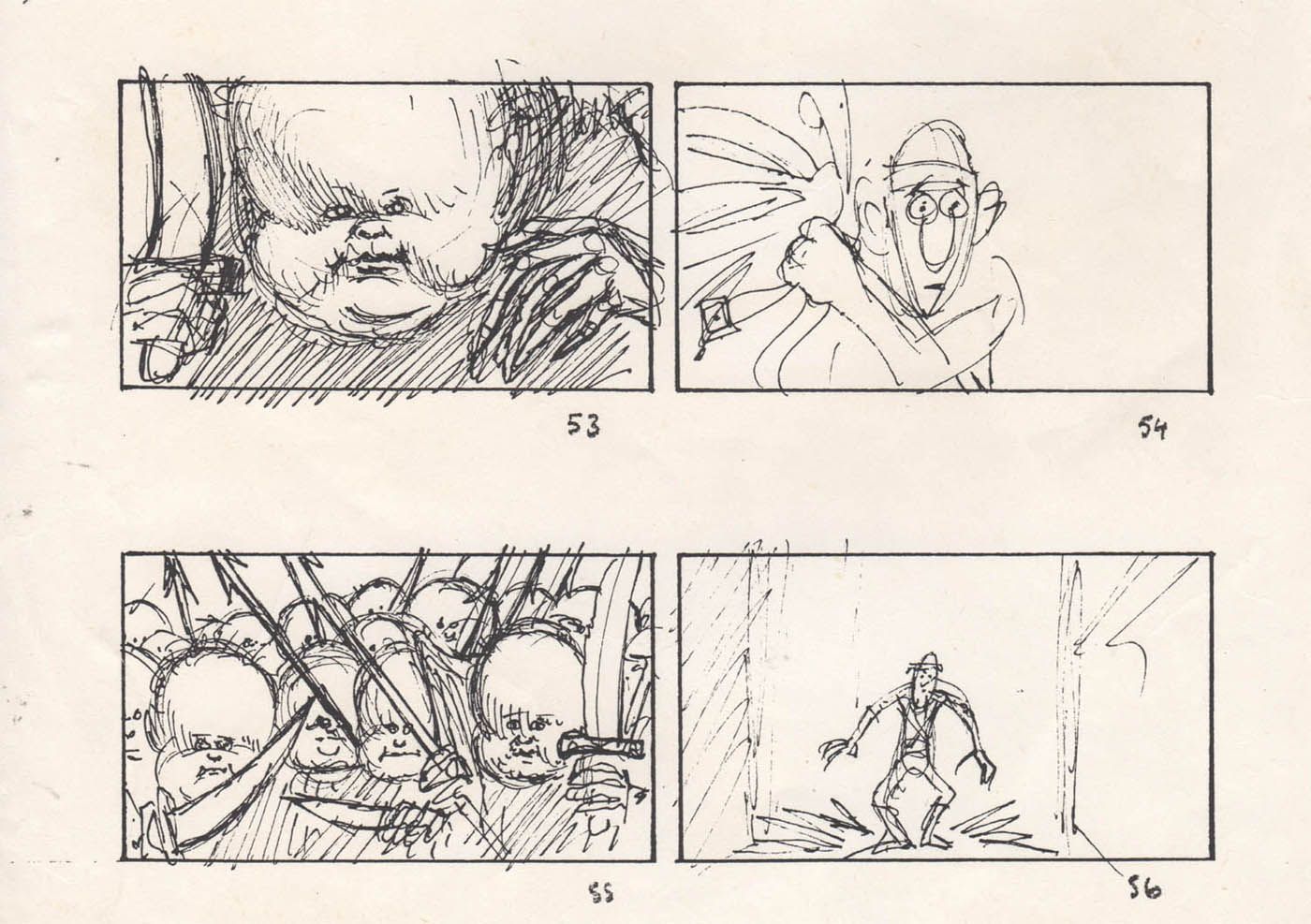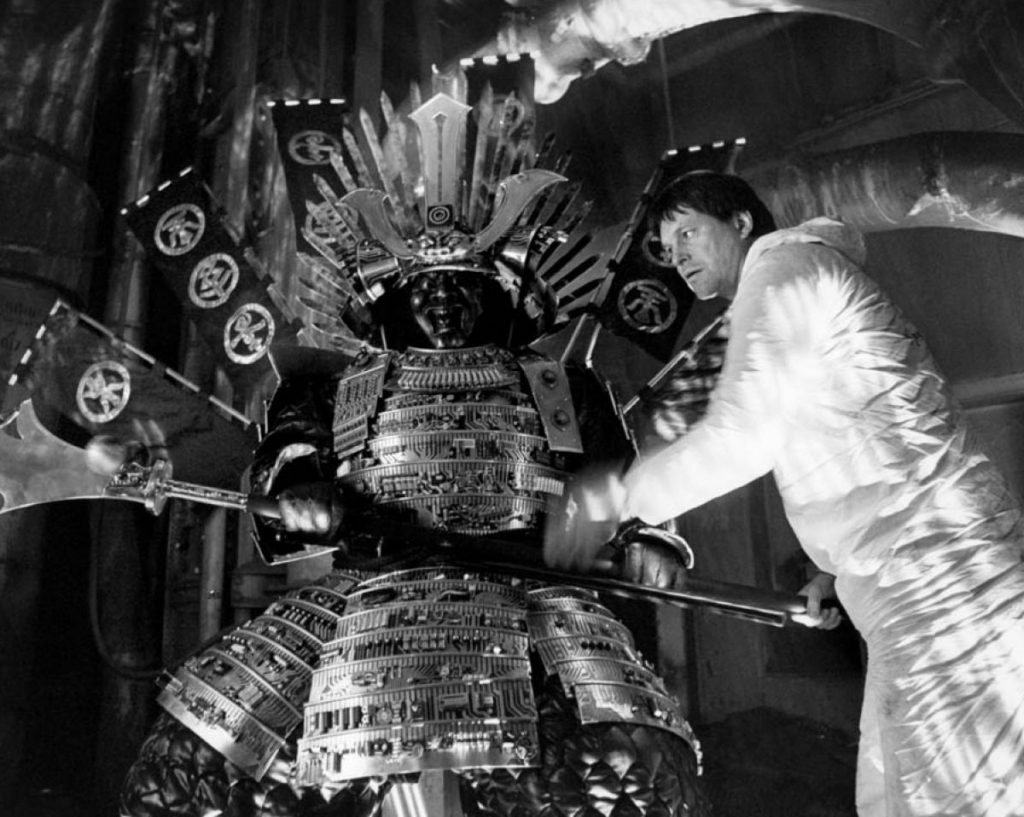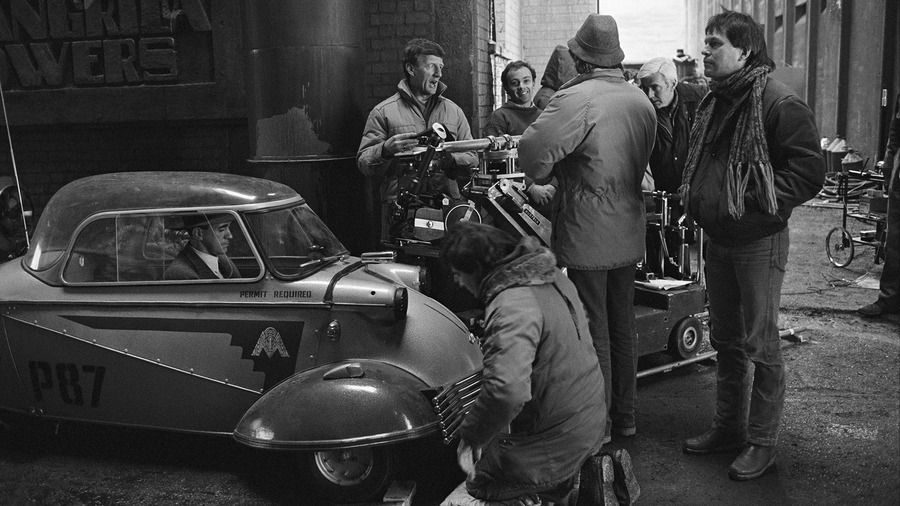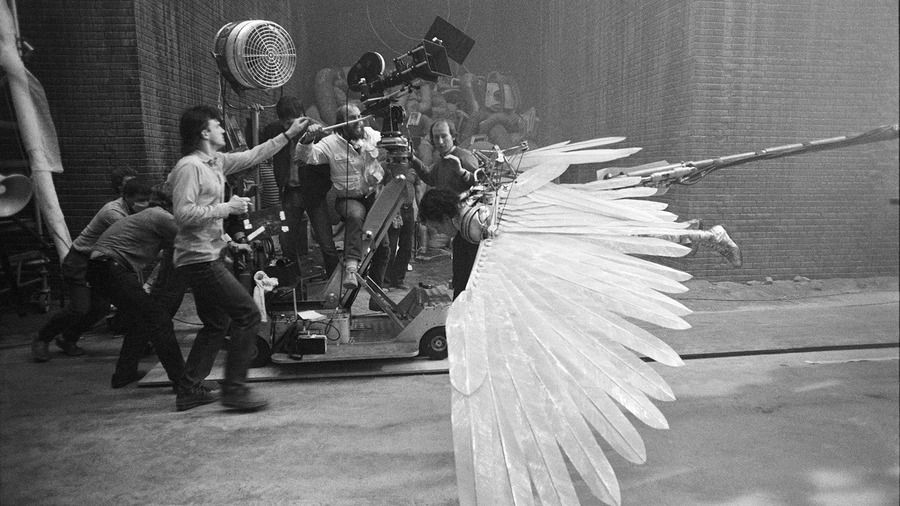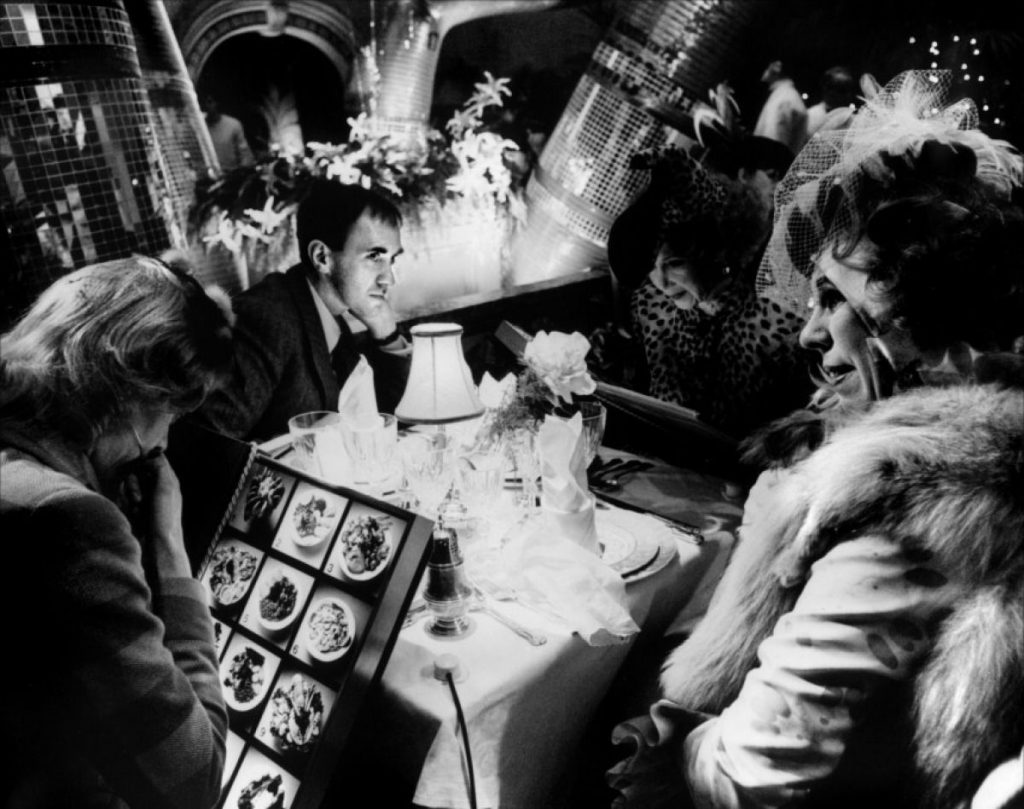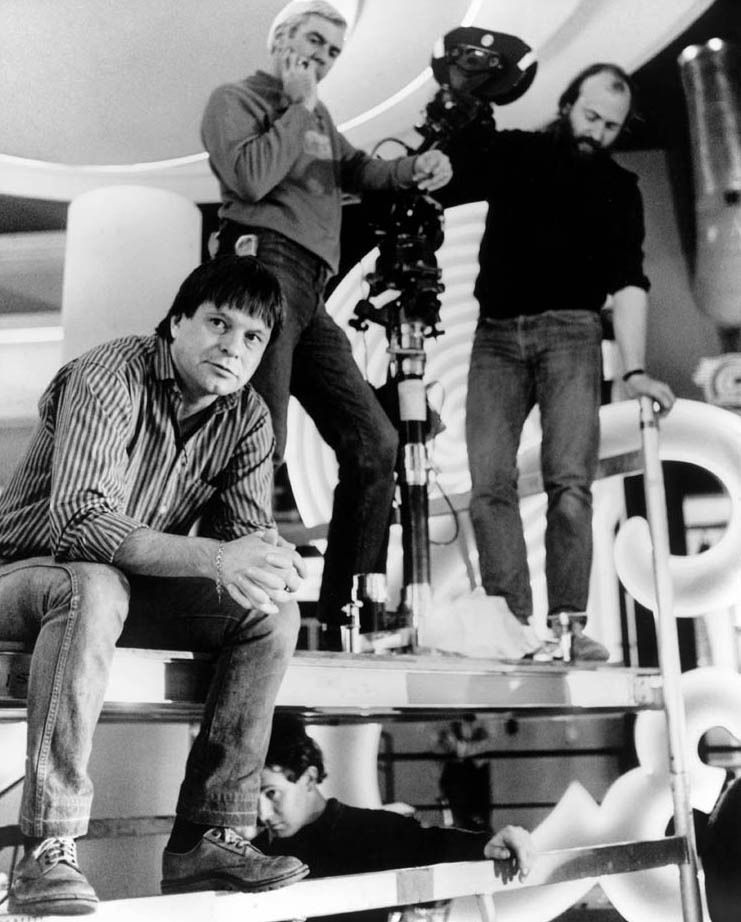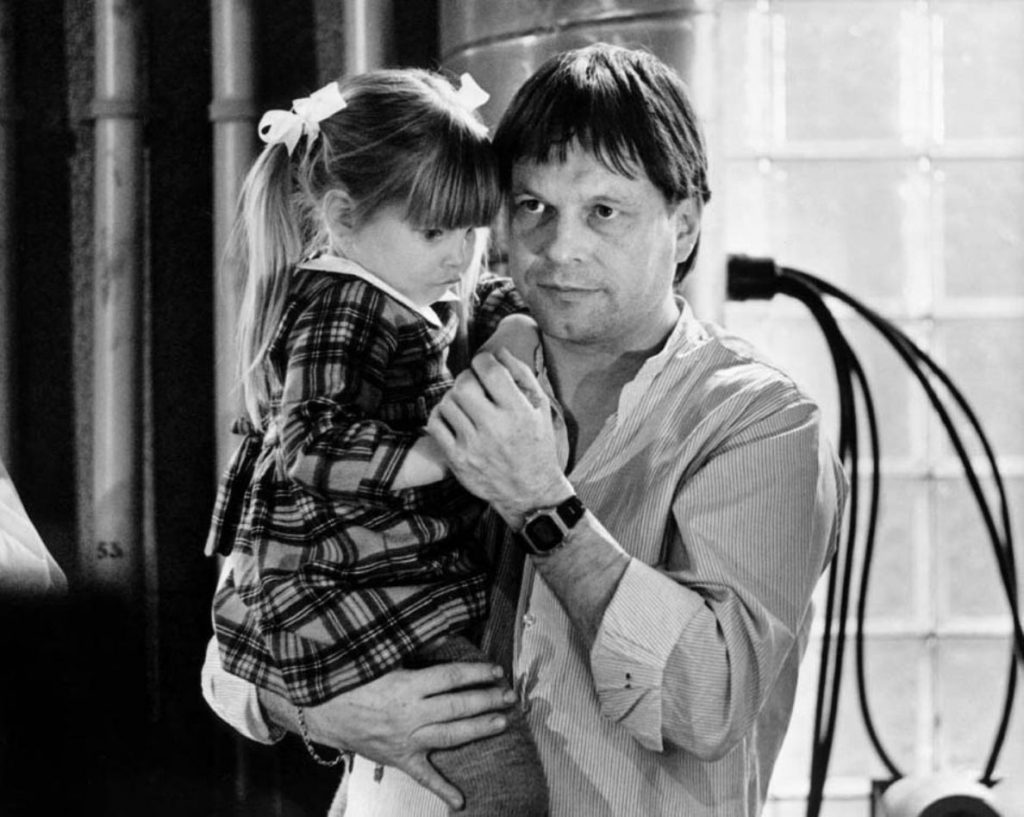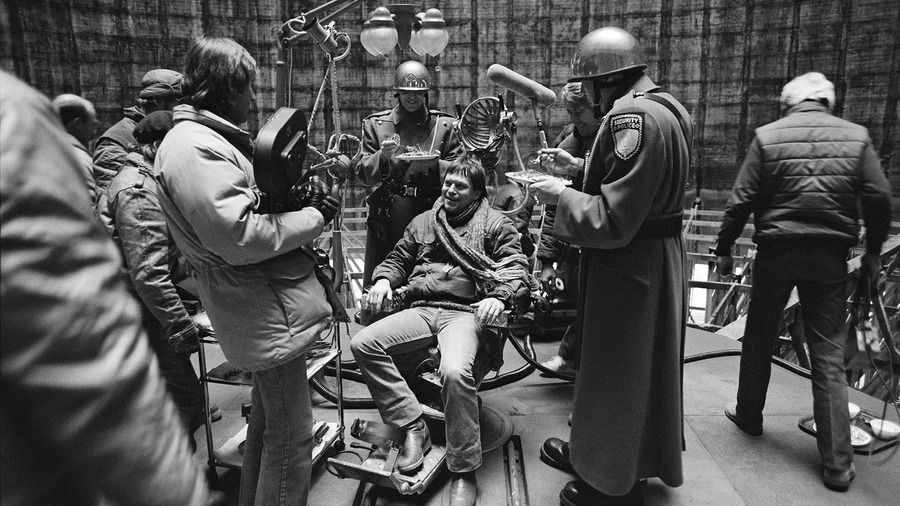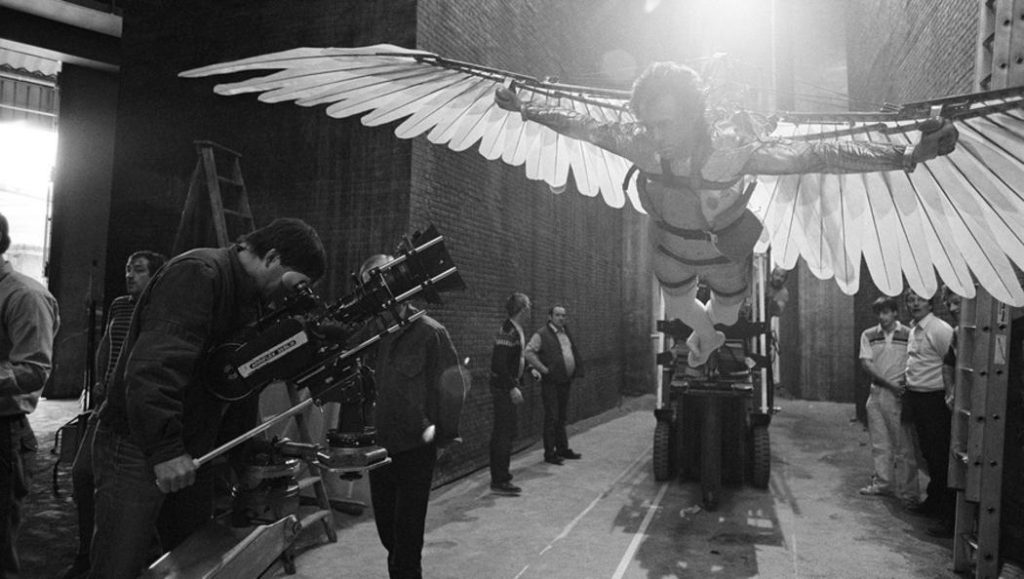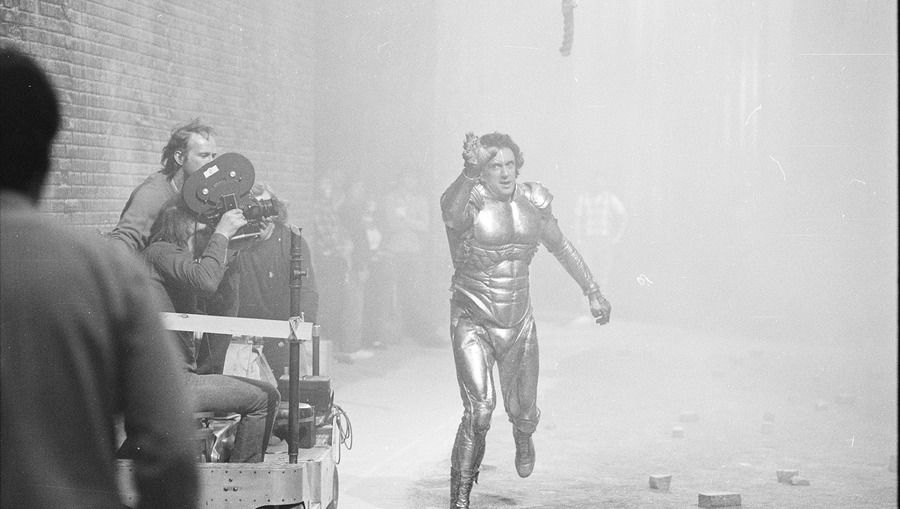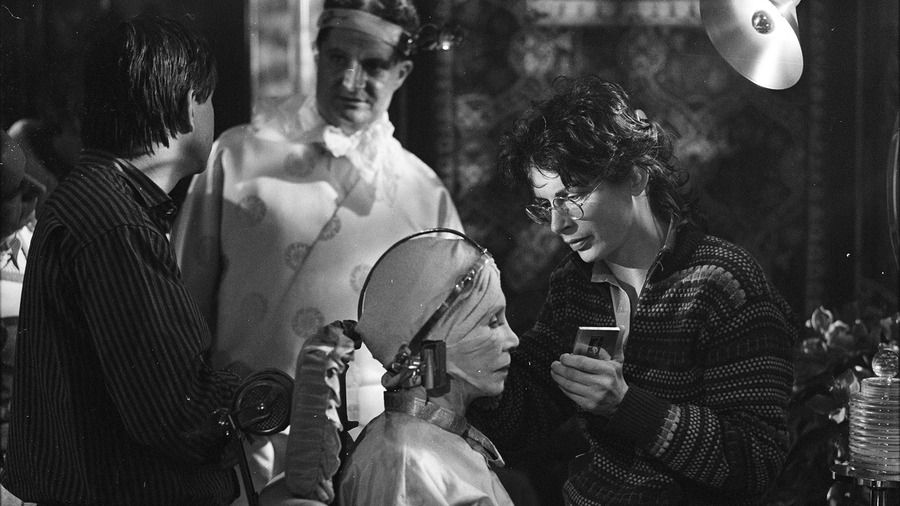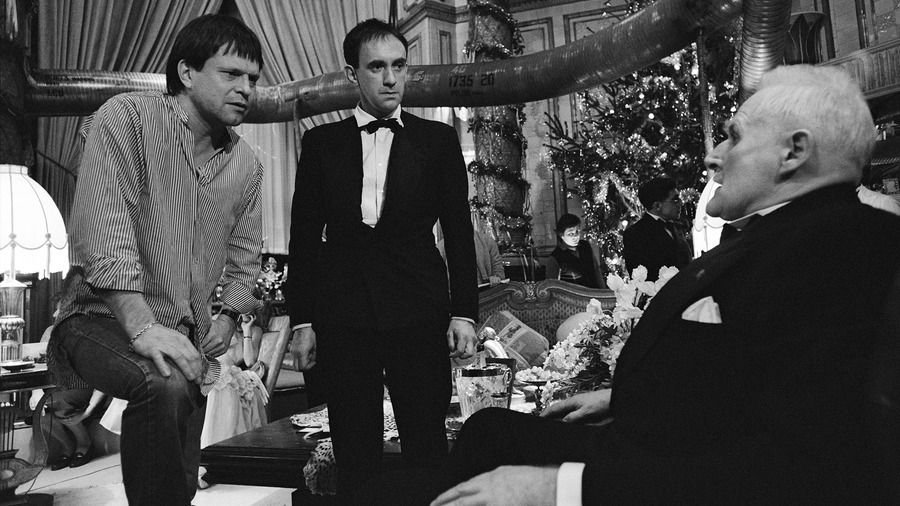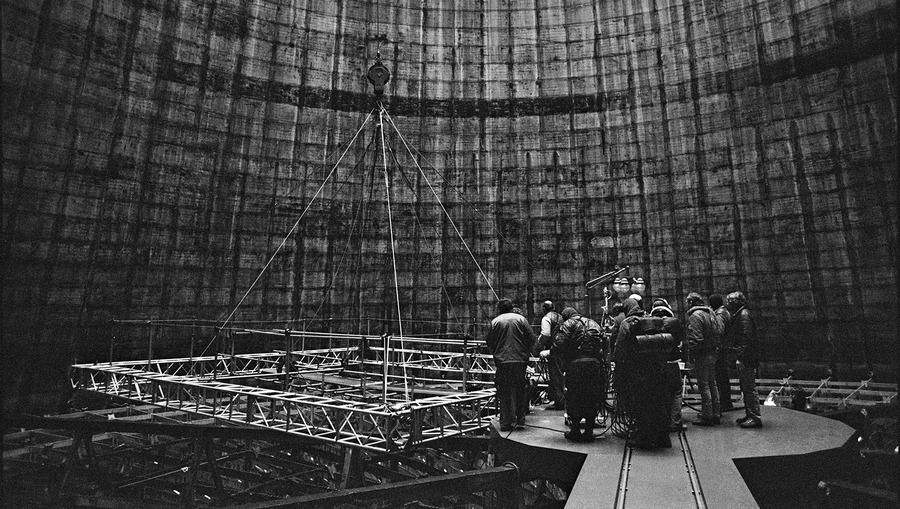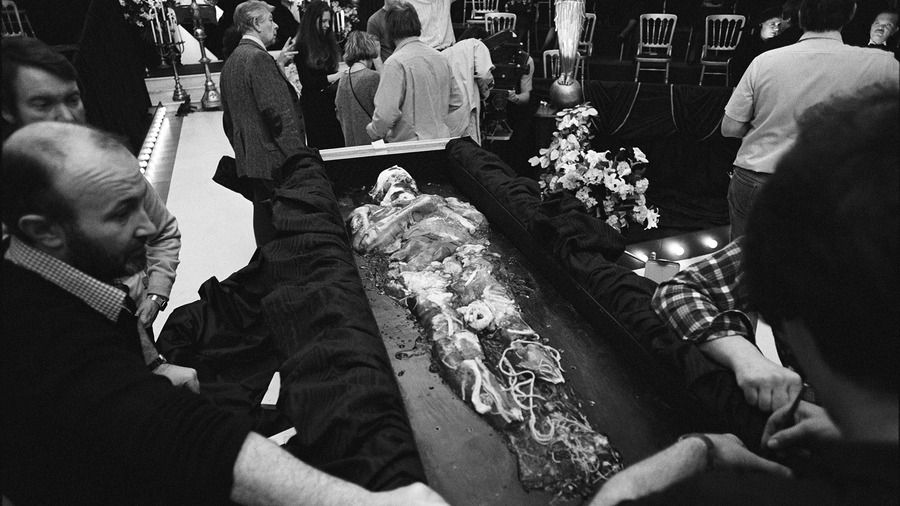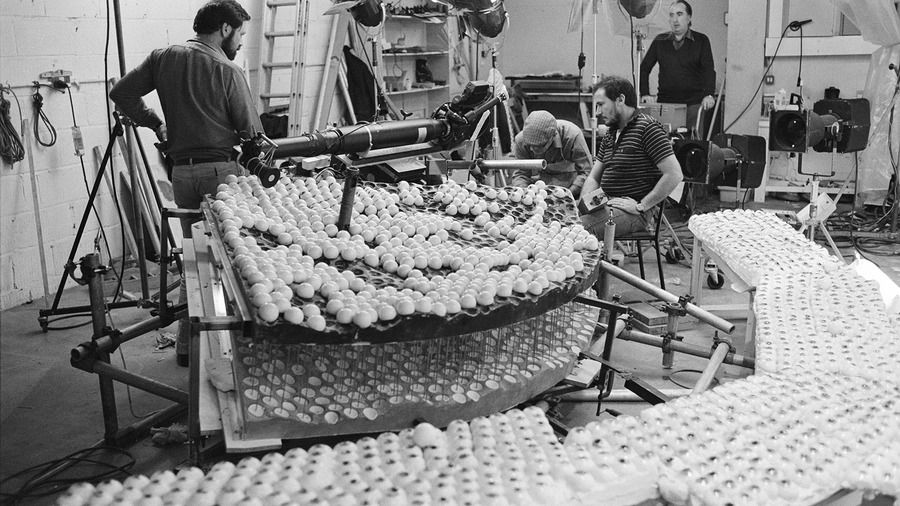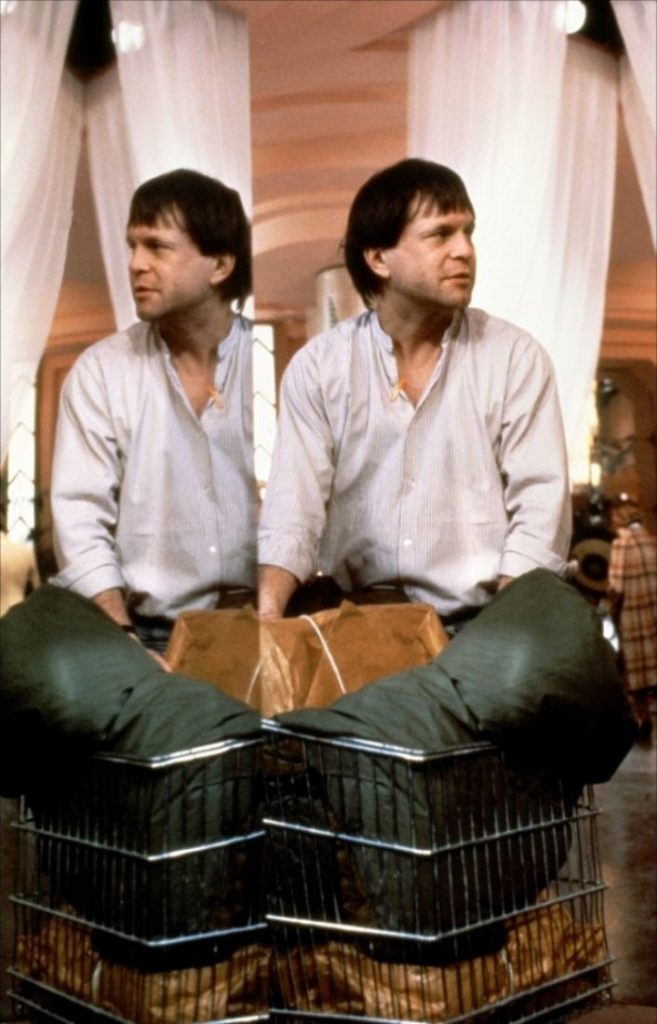Ex-Monthy Python icon Terry Gilliam’s 1985 film Brazil is a wonderfully imagined and ably executed satire on bureaucratic society and its totalitarian government running a vast, senselessly hyper-industrial world. Gilliam developed the story with the help of Charles Alverson, whose name, however, failed to come up on the end credits. Officially, Brazil was written by Gilliam, Charles McKeown and Tom Stoppard, and it’s one of those screenplays that’s a marvel to read and analyze. Even though Gilliam admitted he’d never read George Orwell’s 1984, it’s obvious that at least a part of his inspiration derived from the Orwell classic, not to mention that the film was initially developed under the title 1984 ½, an overt nod to both the novel and cinema giant Federico Fellini, who Gilliam considers his role model in the field of visual style. Just like all of his other films, Brazil is simply beautiful to behold: high attention to detail, lavish set designs, brilliant use of lighting and Gilliam’s heavy reliance on his own deep pool of fascinating imagination make the film one of the most visually impressive works ever to appear on the silver screen. Gilliam has always been a hero of ours, and Brazil was perhaps the first step in the development of our fascination with him. What we find so special about the film, and this filmmaker’s work in general, is its impeccable ability to neatly combine a palpable passion for art and the visual with a socially and politically aware, sound, somber and sophisticated message that leaves you thinking. This is the quality of only the greatest of films, and in our book Brazil stands among the very highlights of the cinematically fertile and quality-abundant eighties.
A monumentally important screenplay. Dear every screenwriter/filmmaker, read Terry Gilliam, Tom Stoppard & Charles McKeown’s screenplay for Brazil [PDF]. (NOTE: For educational and research purposes only). The DVD/Blu-ray of the film is available from the Criterion Collection in new, restored high-definition digital transfer of Gilliam’s 142-minute director’s cut, approved by Gilliam, with DTS-HD Master Audio surround soundtrack on the Blu-ray edition. Absolutely our highest recommendation.
 Loading...
Loading...
“Terry Gilliam’s dystopian fantasy Brazil touches on themes that run throughout the writer-director’s art: the struggle of an individual against a crushing, inhuman system; the dominance of technology; and the power of dreams. Gilliam began thinking about the concept of Brazil while in production on Jabberwocky (1977). The animator and director, who had worked for years as part of the Monty Python group, initially drafted the story on his own but eventually turned to some talented friends and colleagues to help shape his ideas and make them more dramatically astute. This piece tells the story of the evolution of the Brazil script over nearly a decade, accompanied by design sketches, storyboards, photographs of the production, and more.” —The Evolution of Brazil by David Morgan
Terry Gilliam’s storyboards for Brazil.
Rob Hedden’s 30-minute on-set documentary, What is Brazil?, which includes behind-the-scenes footage, as well as interviews.
Here’s a fantastic interview with Terry Gilliam, one of the great cinematic fabulists of our time, architect of magnificently maximalist alternate universes, from the surreal dreamscapes of The Imaginarium of Doctor Parnassus to the dirty, juddering dystopias of Brazil and 12 Monkeys, right back to the alarming, bulbous animations he created for Monty Python. In his 1988 film The Adventures of Baron Munchausen, the titular teller of tall tales puts forward a neat distillation of the Gilliam world-view: ‘Your reality, sir, is lies and balderdash, and I’m delighted to say I have no grasp of it whatsoever.’
Terry Gilliam reveals insights about Brazil, his Orwellian retro-futurist fantasy. Gilliam also talks about his love of 2001: A Space Odyssey, his dislike of middle management bureaucracy, and his experience of casting Robert De Niro.
Born in Minnesota and a British citizen since the late sixties, Gilliam started his career as a cartoonist before becoming Monty Python’s resident animator. He developed his unique voice through writing, directing and co-starring with the comedy troupe, subsequently establishing his trademark cinematic vision with films such as Time Bandits, Brazil and Twelve Monkeys. In this video, available to watch in full on BAFTA Guru, Gilliam talks to film critic Mark Kermode about his career highlights, and discusses his animation work on Monty Python, working with Johnny Depp on the set of Fear and Lothing in Las Vegas, and his infamous fight with the studios to get Brazil released.
This interview with Terry Gilliam is from the May 1982 issue of Twilight Zone Magazine. In it, he discusses his then-newest release, Time Bandits, his previous films/association with Monty Python, his work on Help! Magazine, plans for Brazil and The Adventures of Baron Munchausen, and much more.
The making of Brazil. Still photographer: David Appleby © Embassy International Pictures, Universal Pictures. Intended for editorial use only. All material for educational and noncommercial purposes only.
Get Cinephilia & Beyond in your inbox by signing in

